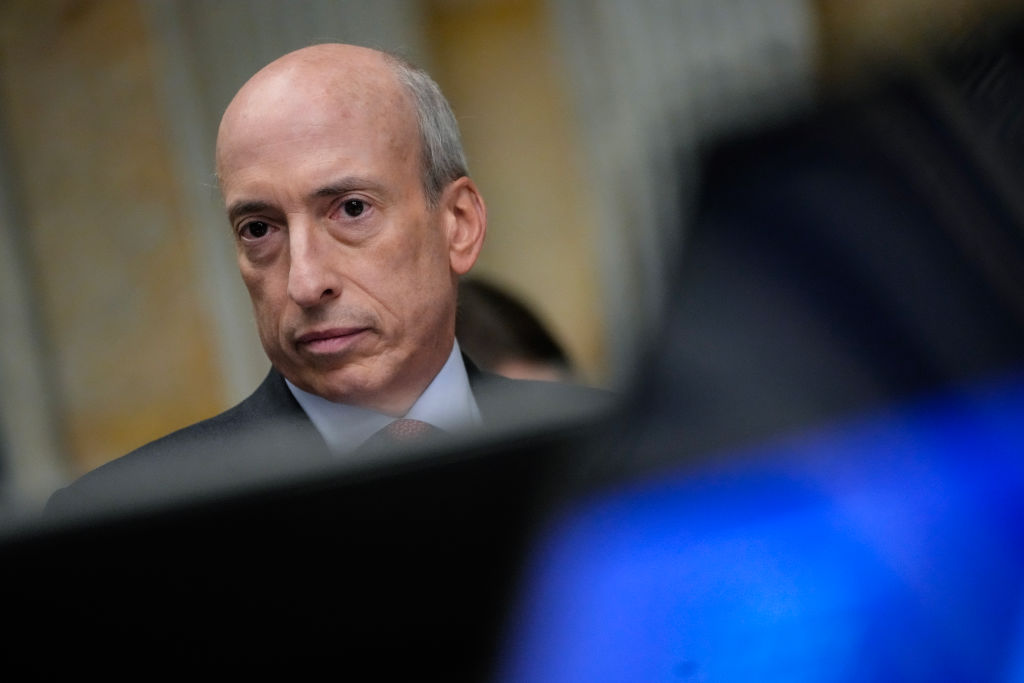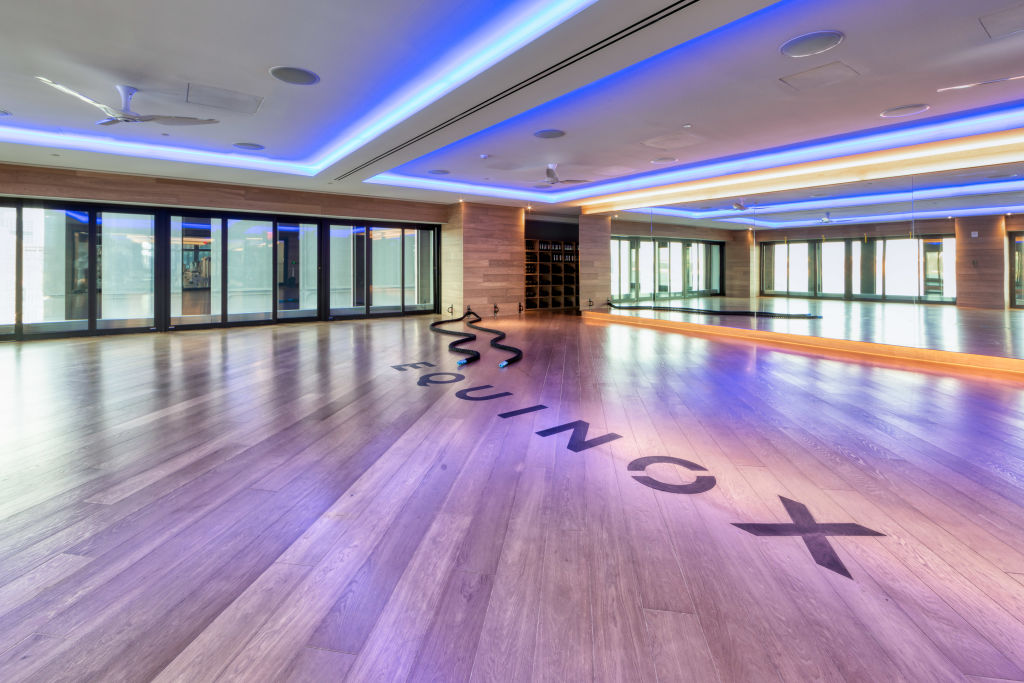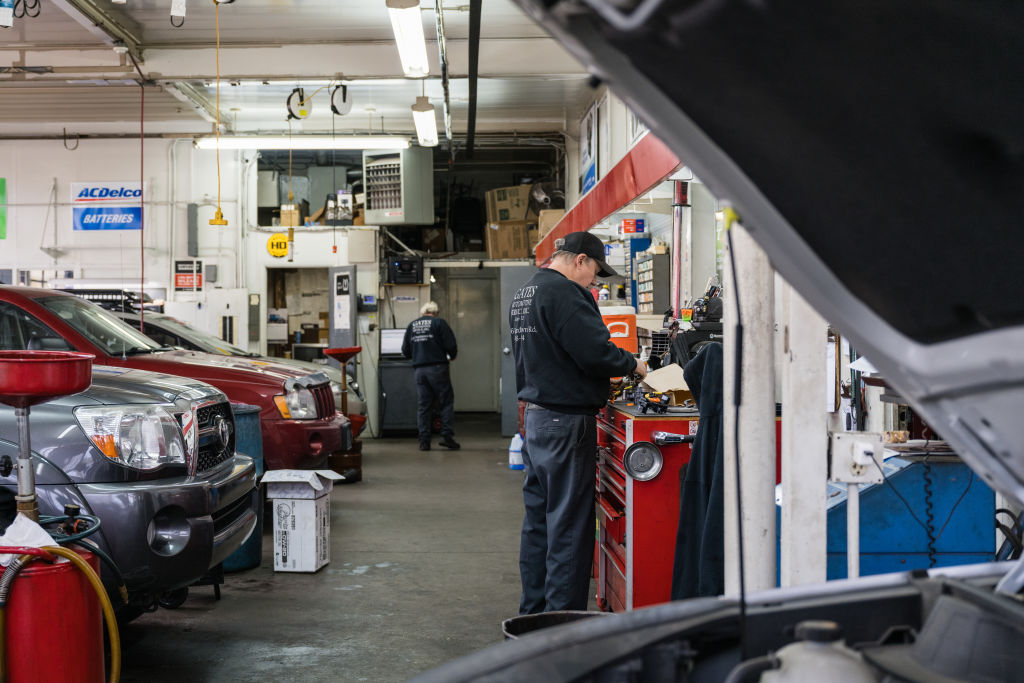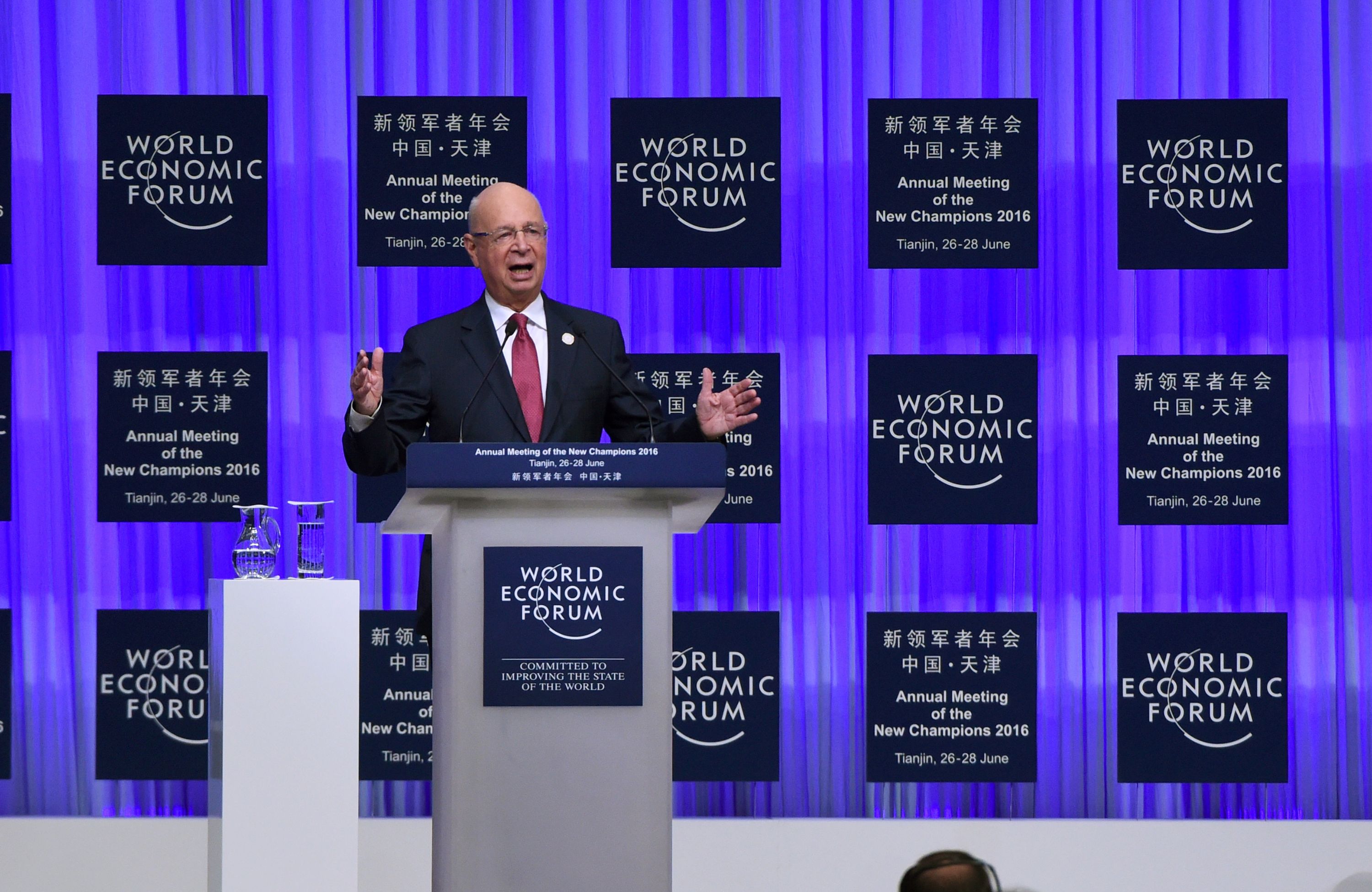US housing costs on the rise, CPI reveals
The U.S. consumer prices went up a little in July as recorded by airline fares having the biggest drop since 1995, but subdued continuous rise in the price of goods and services that give pressure will somehow not discourage the Federal Reserve from raising interest rates this year.
The Labor Department said on Wednesday that its Consumer Price Index edged up at 0.1% last month, the prices of gasoline and food increase marginally.
The Consumer Price Index (CPI) is the benchmark inflation guide for the U.S. economy. It uses a "basket of goods" approach that aims to compare a consistent base of products from year to year, focusing on products that are bought and used by consumers on a daily basis.
While the prices of the commodities and services is still soft, a strengthening economy, marked by the tightening labor market and a firming housing sector, should give the U.S central bank confidence it will gradually move toward its 2%, economists said.
According to Michelle Girard, chief economist at RBS in Stamford, Connecticut, "Fed officials made clear that they do not need to see higher inflation before hiking. They just need to have reasonable confidence it will return to a mandate."
With the rental vacancy rate near a 22-year low, housing costs are like to go up, which should support underlying inflation.
With the housing market being bottomed out in April 2009, the construction of multi-unit projects had increased abruptly to 466%. Work on single-family homes, which historically have accounted for the bulk of new housing, barely doubled over the span.
In addition to that, the percentage of multi-unit buildings under construction has risen to a 29-year high of about 35% which are shown by government figures. Right before the onset of the last recession, they only accounted for about 20% of all new housing stock.
Construction on new homes became higher in July at the quickest pace since October 2007, two months before the beginning of the Great Recession. The rise in new construction has been supported by the sudden increase in demand for apartment buildings, condo complexes, townhouses and other multi-unit projects which goal is to satisfy the needs of the tenants.
In reconsideration most industry experts believe the government's efforts were misguided, contributing to arguably the worst boom and cycle in U.S. housing history.
Just 10 years earlier in 2005, the home-ownership rate had climbed to a record 69.2%, the product of intensive efforts by presidents George W. Bush and Bill Clinton to help more Americans buy their own homes.












